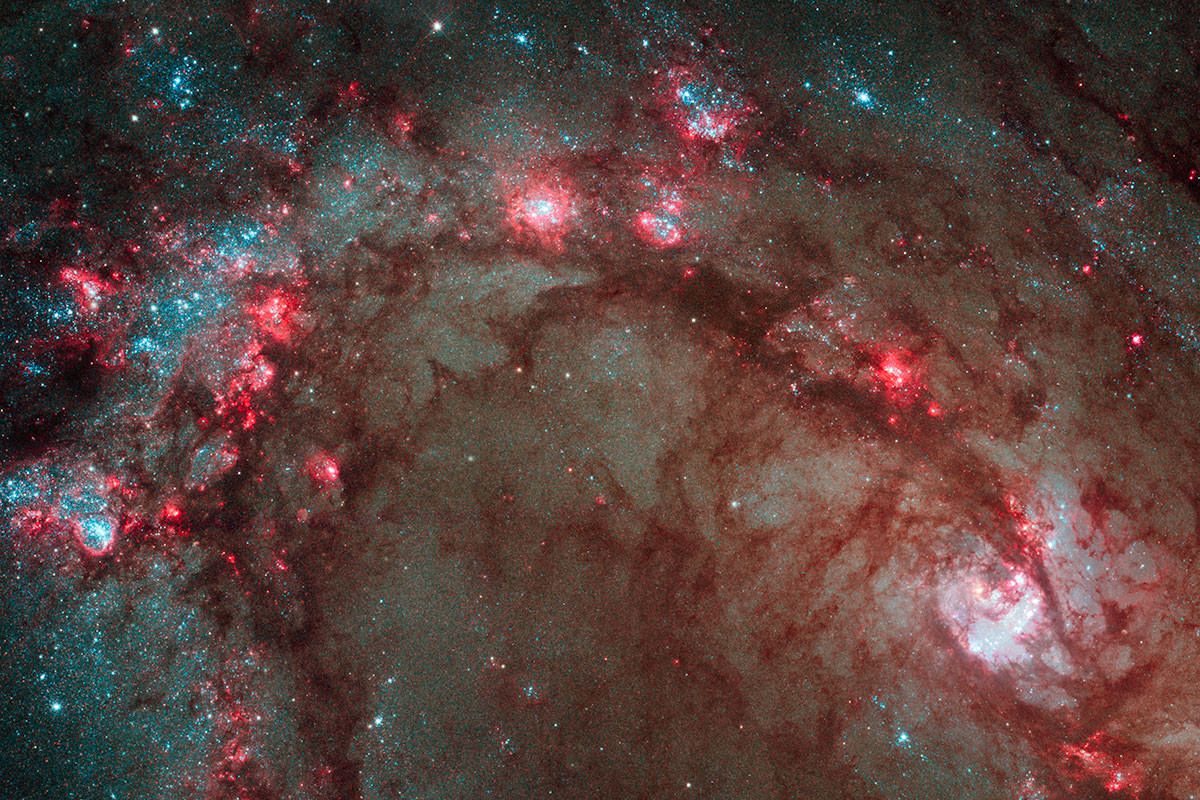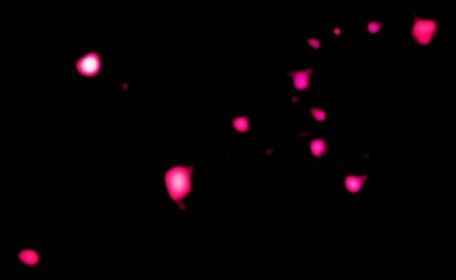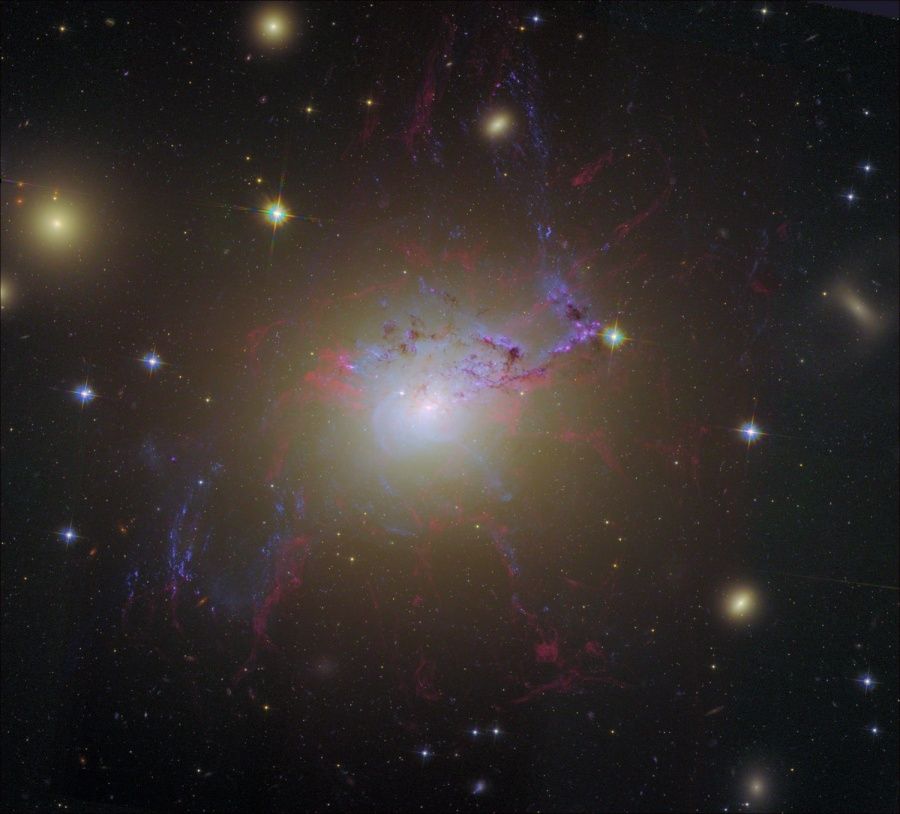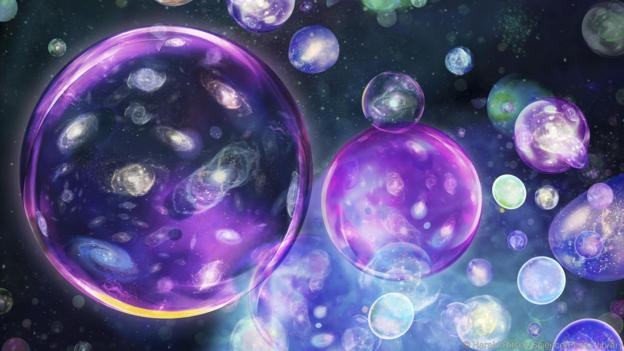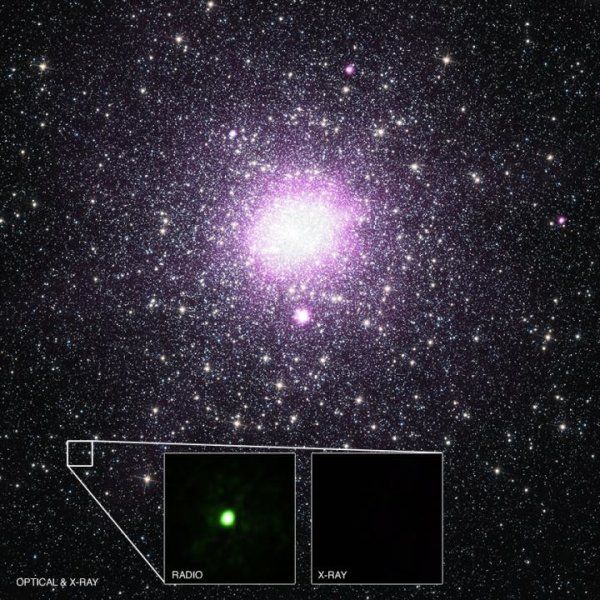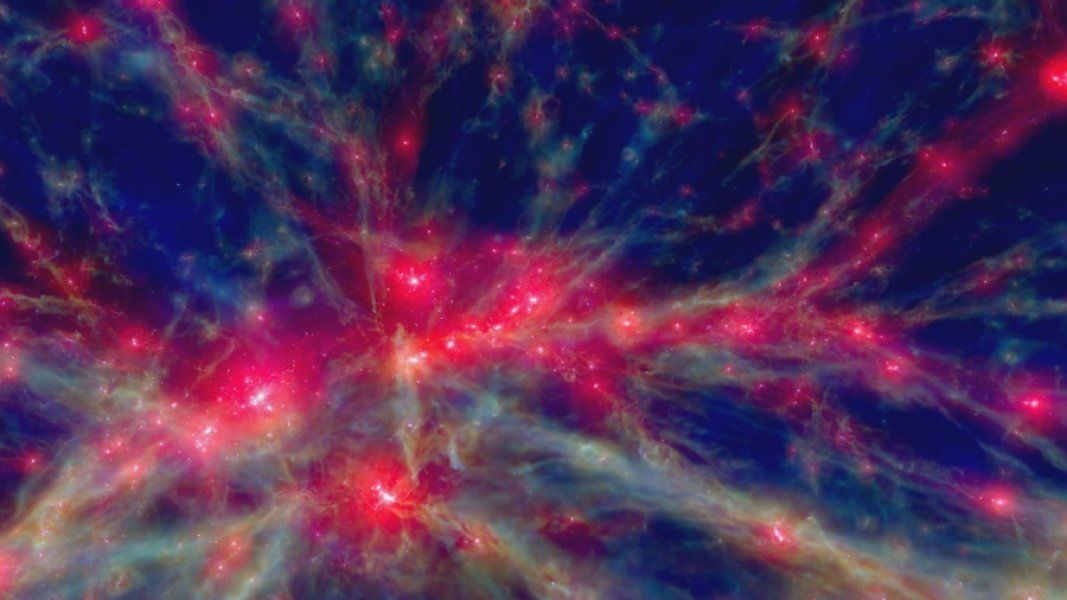Archive for the ‘cosmology’ category: Page 374
Jul 9, 2016
NASA’s ‘Dark Matter’ Probe: “Our Milky Way Galaxy is Embedded Within a Vast Sphere of Black Holes” (Weekend Feature)
Posted by Andreas Matt in category: cosmology
“All galaxies, including our own, are embedded within a vast sphere of black holes each about 30 times the sun’s mass,” says Alexander Kashlinsky, an astrophysicist at NASA’s Goddard Space Flight Center.
Jul 8, 2016
Could the Big Bang have been more of a Big Bounce?
Posted by Karen Hurst in categories: cosmology, particle physics, quantum physics
When the bang became a bounce.
How the universe began is one of the most brain-breaking questions you could possibly ask, and the Big Bang is probably the answer most people accept. But what if the infinitely dense point from which the entire universe burst forth wasn’t the beginning of everything, but merely the middle of an ongoing cycle? That’s the theory of the Big Bounce, which suggests that the universe regularly cycles through periods of expansion and contraction, meaning the Big Bang may have been preceded by an earlier universe collapsing in on itself. A new study details how this might be possible.
The idea of the Big Bounce has been bouncing around since 1922, but explaining just how the universe transitions between expanding and contracting has always been an issue. What’s to stop a universe just contracting into a point and collapsing completely? According to researchers from Imperial College London and the Perimeter Institute for Theoretical Physics in Canada, it may be the same quantum mechanics that prevent atoms from deteriorating into nothing.
Continue reading “Could the Big Bang have been more of a Big Bounce?” »
Jul 8, 2016
Extra dimensions, gravitons, and tiny black holes
Posted by Andreas Matt in categories: cosmology, particle physics
Why is gravity so much weaker than the other fundamental forces? A small fridge magnet is enough to create an electromagnetic force greater than the gravitational pull exerted by planet Earth. One possibility is that we don’t feel the full effect of gravity because part of it spreads to extra dimensions. Though it may sound like science fiction, if extra dimensions exist, they could explain why the universe is expanding faster than expected, and why gravity is weaker than the other forces of nature.
In our everyday lives, we experience three spatial dimensions, and a fourth dimension of time. How could there be more? Einstein’s general theory of relativity tells us that space can expand, contract, and bend. Now if one dimension were to contract to a size smaller than an atom, it would be hidden from our view. But if we could look on a small enough scale, that hidden dimension might become visible again. Imagine a person walking on a tightrope. She can only move backward and forward; but not left and right, nor up and down, so she only sees one dimension. Ants living on a much smaller scale could move around the cable, in what would appear like an extra dimension to the tightrope-walker.
Was our universe born from the one before it? Neil Turok and Steffen Gielen explore the “big bounce” in the latest edition of Physical Review Letters.
Jul 6, 2016
A new look at the galaxy-shaping power of black holes
Posted by Andreas Matt in categories: cosmology, evolution, satellites
Data from a now-defunct X-ray satellite is providing new insights into the complex tug-of-war between galaxies, the hot plasma that surrounds them, and the giant black holes that lurk in their centres.
Launched from Japan on February 17, 2016, the Japanese space agency (JAXA) Hitomi X-ray Observatory functioned for just over a month before contact was lost and the craft disintegrated. But the data obtained during those few weeks was enough to paint a startling new picture of the dynamic forces at work within galaxies.
New research, published in the journal Nature today, reveals data that shows just how important the giant black holes in galactic centres are to the evolution of the galaxies as a whole.
Jul 3, 2016
Why there might be many more universes besides our own
Posted by Shailesh Prasad in categories: cosmology, physics
The idea of parallel universes may seem bizarre, but physics has found all sorts of reasons why they should exist.
Jul 3, 2016
Proof Beyond a Reasonable Doubt That Majorana Fermions Exist
Posted by Shailesh Prasad in categories: computing, cosmology, particle physics, quantum physics
Not only could they transform quantum computing, they’re a candidate for dark matter.
A team of Chinese physicists from Shanghai’s Jiaotong University have proof beyond a reasonable doubt of the existence of the Majorana fermion — a special particle that could potentially revolutionize quantum computing.
“The search for this particle is for condensed-matter physicists what the Higgs boson search was for high-energy particle physicists,” said Leonid Rokhinson, an associate professor of physics at Purdue University, who was the first to detect the signature of the fermion in 2012 but was not involved in this study, in a 2012 press release. “It is a very peculiar object because it is a fermion yet it is its own antiparticle with zero mass and zero charge.”
Continue reading “Proof Beyond a Reasonable Doubt That Majorana Fermions Exist” »
Jun 29, 2016
Clandestine black hole may represent new population
Posted by Andreas Matt in category: cosmology
Astronomers have combined data from NASA’s Chandra X-ray Observatory, the Hubble Space Telescope and the National Science Foundation’s Karl G. Jansky Very Large Array (VLA) to conclude that a peculiar source of radio waves thought to be a distant galaxy is actually a nearby binary star system containing a low-mass star and a black hole. This identification suggests there may be a vast number of black holes in our Galaxy that have gone unnoticed until now.
For about two decades, astronomers have known about an object called VLA J213002.08+120904 (VLA J2130+12 for short). Although it is close to the line of sight to the globular cluster M15, most astronomers had thought that this source of bright radio waves was probably a distant galaxy.
Thanks to recent distance measurements with an international network of radio telescopes, including the EVN (European Very Long Baseline Interferometry Network) telescopes, the NSF’s Green Bank Telescope and Arecibo Observatory, astronomers realized that VLA J2130+12 is at a distance of 7,200 light years, showing that it is well within our own Milky Way galaxy and about five times closer than M15. A deep image from Chandra reveals it can only be giving off a very small amount of X-rays, while recent VLA data indicates the source remains bright in radio waves.
Continue reading “Clandestine black hole may represent new population” »
Jun 27, 2016
Seeds of black holes could be revealed
Posted by Andreas Matt in categories: computing, cosmology, physics
Gravitational waves captured by space-based detectors could help identify the origins of supermassive black holes, according to new computer simulations of the universe.
